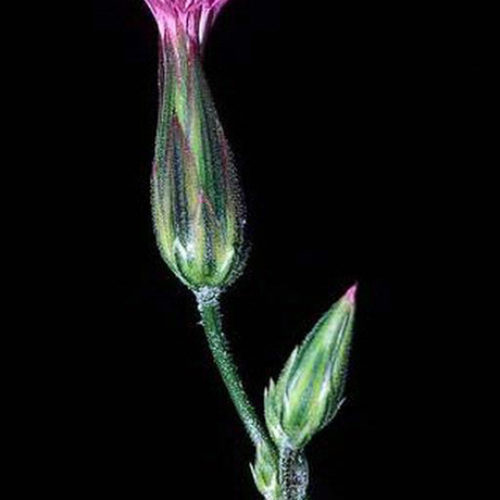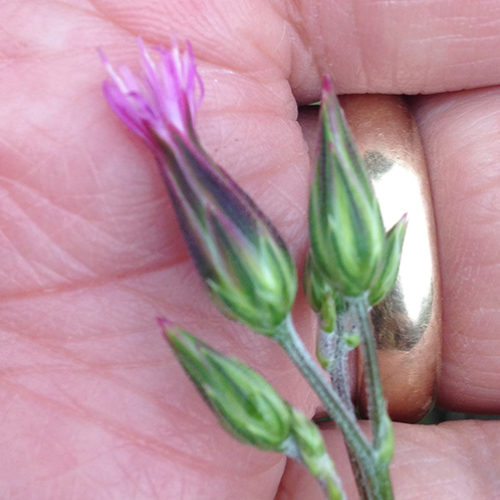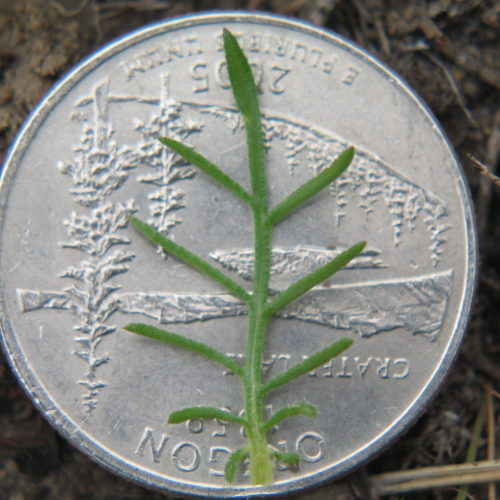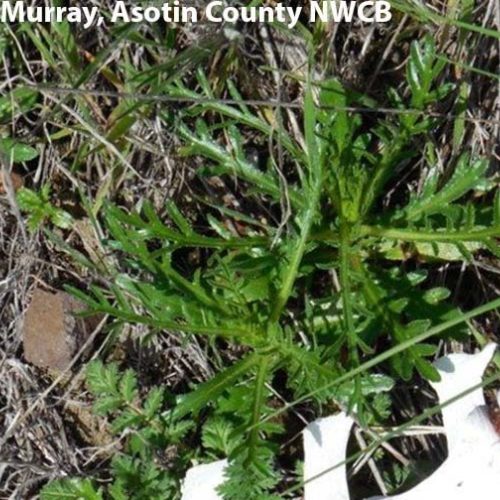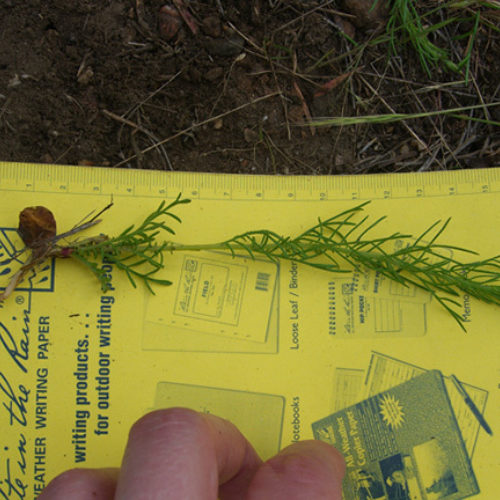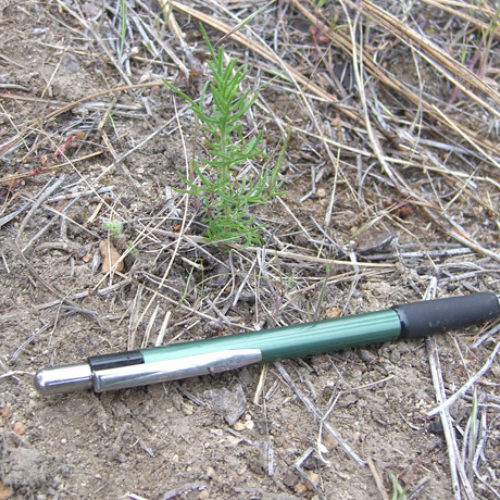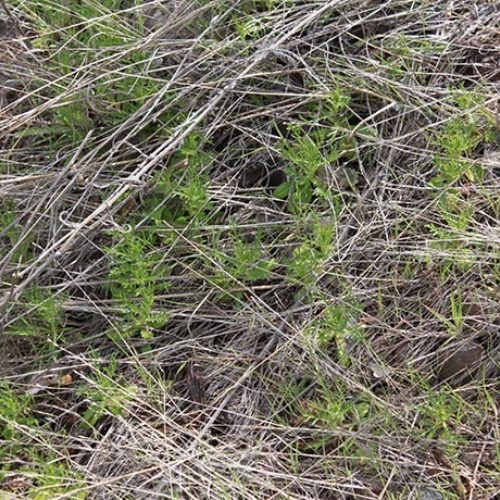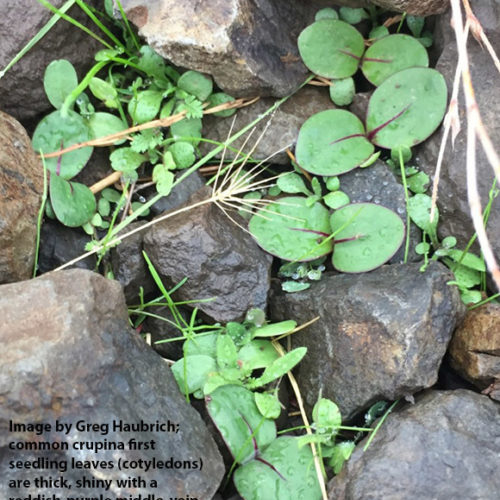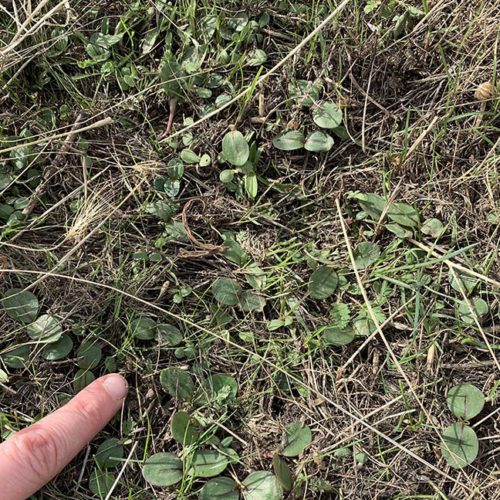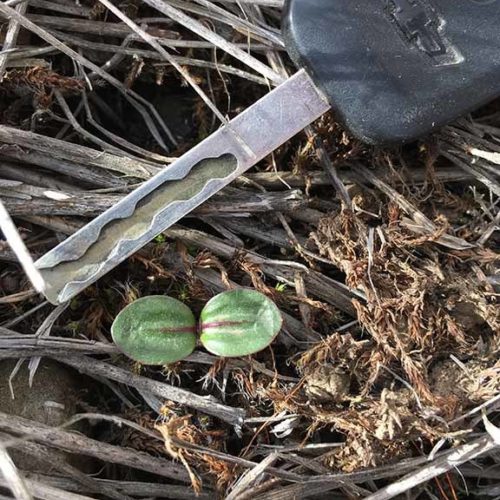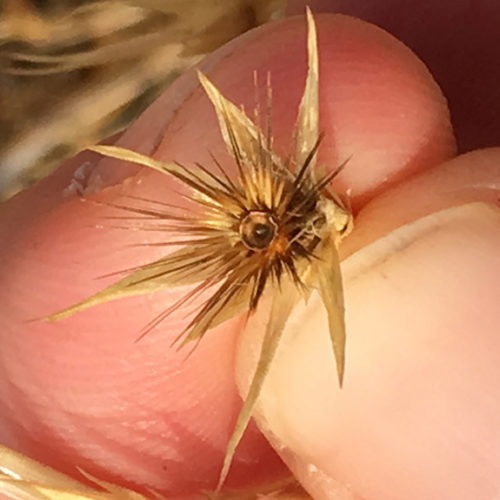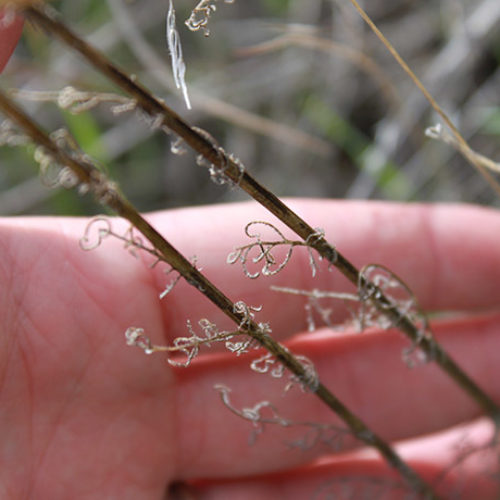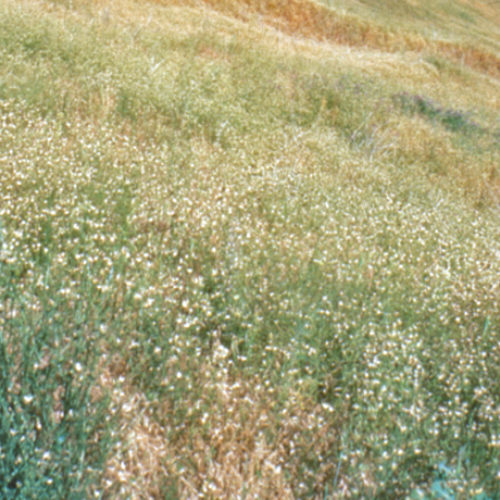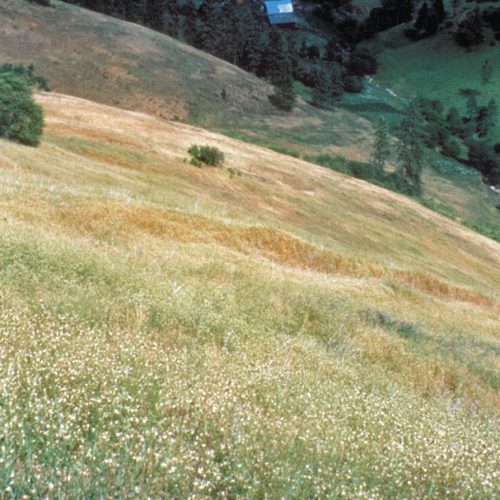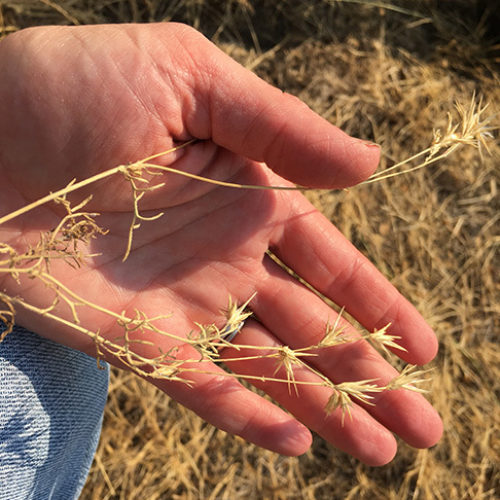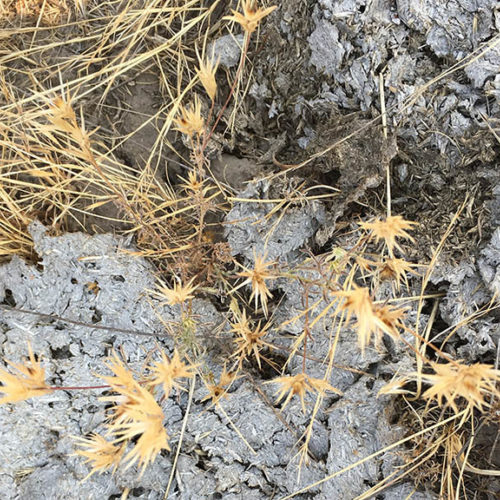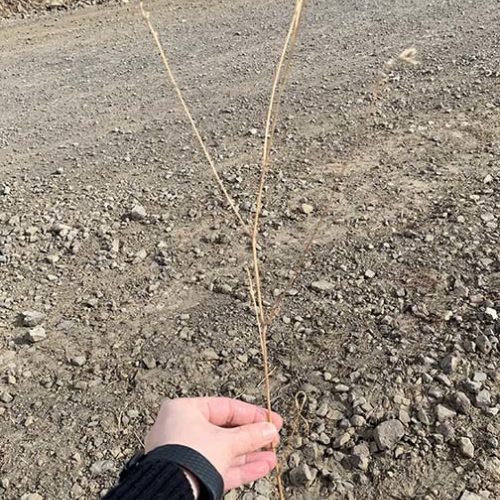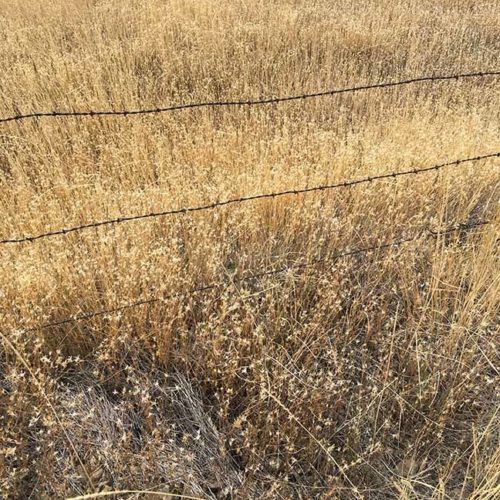Common Crupina
Crupina vulgaris
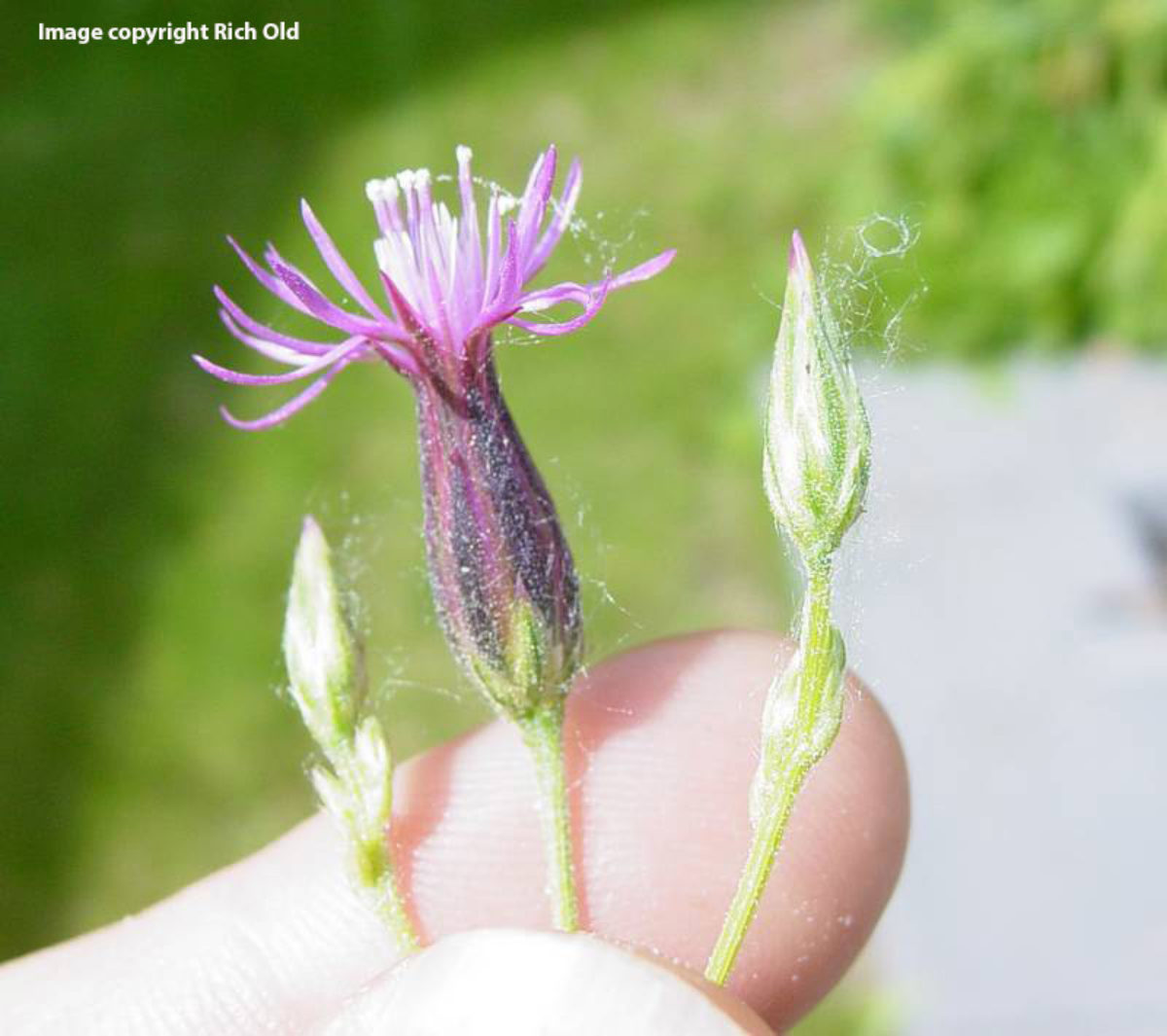
Family: Asteraceae
Other Common Names: Bearded Creeper
Weed class: A
Year Listed: 1988
Native to: Europe, Asia and Northern Africa
Is this Weed Toxic?:
not known to be
Legal listings:
This plant is also on the Washington State quarantine list. It is prohibited to transport, buy, sell, offer for sale, or distribute plants or plant parts of quarantined species into or within the state of Washington or to sell, offer for sale, or distribute seed packets of seed, flower seed blends, or wildflower mixes of quarantined species into or within the state of Washington. Please see WAC 16-752 for more information on the quarantine list. For questions about the quarantine list, contact the Washington State Department of Agriculture's Plant Services Program at (360) 902-1874 or email PlantServices@agr.wa.gov.
Why Is It a Noxious Weed?
Adapted to a wide range of soil and climate conditions, common crupina can form solid stands which decreases forage for livestock. Common crupina is also federally listed as a noxious weed.
How would I identify it?
General Description
It is a winter annual that grows up to 3 feet tall. Seeds germinate in the fall and winter when conditions are favorable. Warmer spring temperatures cause the plants to grow flowering stems that bloom in May and June and go to seed in June and July.
Flower Description
Flower heads clustered 1 to 5 on each stem, each one is thin and vase-shaped with a few rows of tapering bracts at its base. Flower head have 3 to 5 flowers and each head generally produces one seed. Flowers are lavender to purple.
Leaf description
Cotyledons (first two leaves) rounded, green and shiny, often with purple mid-vein, 0.4 to 1.2 inches (1 to 3 cm) long and often dying back early. Stem leaves alternate and lobed or doubly lobed, appearing lace-like with minute, stiff bristles on margins. Stem leaves up to 2.8 inches (7 cm) long.
Stem description
Stems are rigid and have short stiff spines. Also, stems are leafy up to where it openly branches at the top.
Fruit Seed Description
Seeds are barrel-shaped and 0.12 to 0.16 inches (3 to 4 mm) long. Brown-black bristles (pappus) occur on one end spreading widely.
Where does it grow?
Common crupina grows in a wide variety of habitats including fields, grasslands, roadsides, open woodlands and forests up to 3280 feet (1000 m) elevation. Please click here to see a distribution map of common crupina in Washington.
How Does it Reproduce?
Common crupina reproduces by seed.
How Do I Control It?
Mechanical Control
Hand pulling or hoeing can effectively control common crupina, but regular site visits are required since it produces a large amount of viable seeds.
Biological Control
Several natural enemies have been identified on common crupina in southern France and are under investigation as possible biological control agents. No biocontrols are currently approved for use in the United States.
Herbicide Control
Please refer to the PNW Weed Management Handbook, or contact your county noxious weed coordinator.
For More Information
See our Written Findings for more information about common crupina (Crupina vulgaris).
See our postcard for early detection information about common crupina.
UW Herbarium (WTU) image database information.



